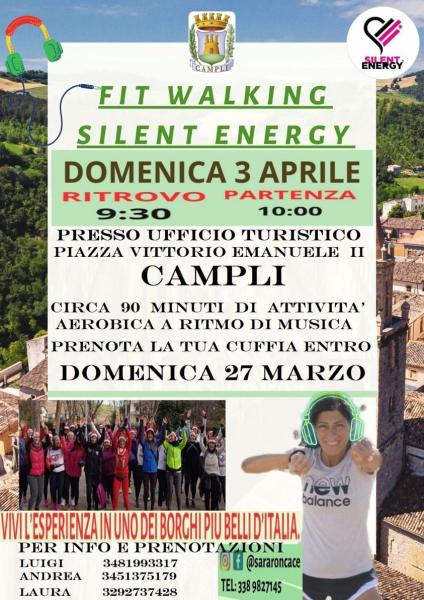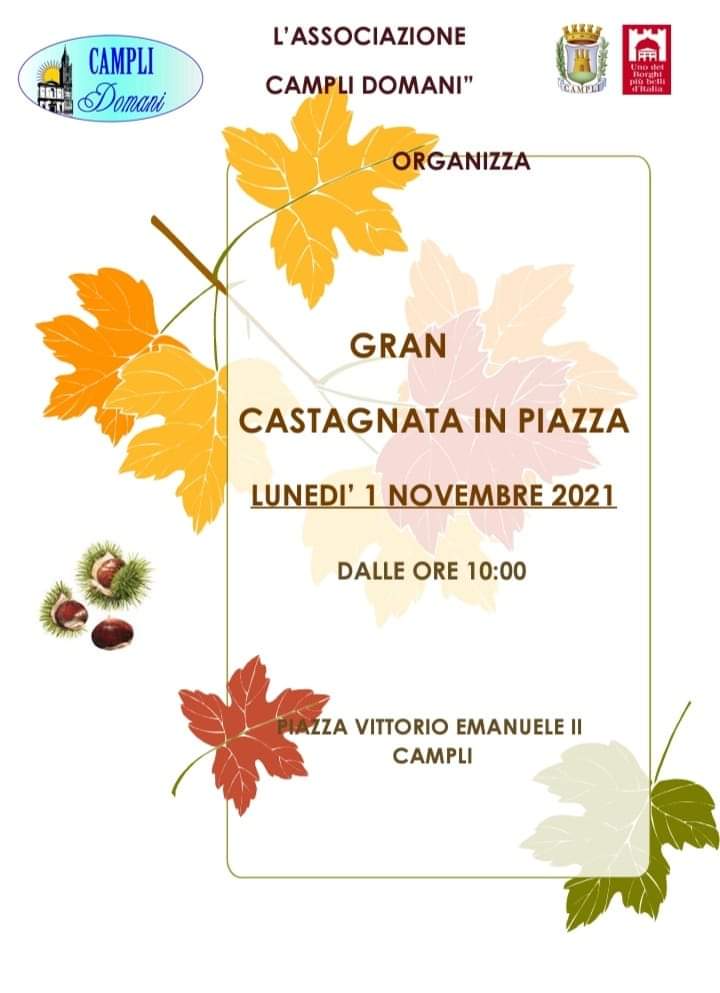The most beautiful villages in Italy in the province of Teramo
Civitella del Tronto – Castelli – Pietracamela
Starting from Campli we head to Civitella del Tronto following first the SS81 and then the SP8. This characteristic village, located on a rocky cliff, is part of the Laga mountain community and the Club of the most beautiful villages in Italy and is famous for its Fortress, the last bastion of the Bourbons. The stronghold is one of the largest in Europe, and is a work of military engineering dating back to the sixteenth century, inside you can visit the various rooms, the basements, the ovens, the prisons and many other areas where the soldiers of the time, moreover, we also find the Historical Museum of Ancient Weapons and Maps which houses artifacts and war instruments of great historical value. In Civitella, we also find the narrowest street in Italy called "La Ruetta", much loved tourists and visitors compete to see who can cross it without getting stuck.
From Civitella del Tronto we head towards Castelli, a village known for its wonderful ceramics exported all over the world. The traditional art of ceramics has been handed down since before the Renaissance and today we can retrace its history thanks to the Ceramics Museum, located in the Convent of the Observant Friars Minor. Walking through the streets of the village we will be able to admire wonderful views and views of the Gran Sasso and we will be able to visit the place that represents the greatest testimony of local artistic production: the Church of San Donato, known for its ceiling characterized by a design of majolica tiles that they depict popular wisdom phrases, aphorisms and religious themes. Also worth seeing is the Church of San Giovanni Battista, inside which we can find wonderful works in ancient tiles.
From Castelli we move towards the last stop of our itinerary: Pietracamela, also counted among the most beautiful villages in Italy. This beautiful mountain center perched on the slopes of Corno Piccolo is the only municipality in the province to be entirely included in the protected area of the Gran Sasso and Monti della Laga National Park. The town is surrounded by beautiful extensive and lush woods and is characterized by narrow streets, suggestive stairways and houses dating back to the fifteenth and sixteenth centuries, almost all in stone. Walking through the village you can often come across the remains of the defensive walls of the sixteenth century, the most important being the turreted structure at the entrance to the municipality still in good condition today and which is currently used as a dwelling. Worth seeing are the Church of San Giovanni dating back to 1432, the Church of San Rocco built in 1530 and the house of "Li Signuritte" characterized by a majolica crucifix and mullioned windows from the 1400s.

Civitella del Tronto, TE, Italia

Castelli, Teramo, Italia

Pietracamela, TE, Italia





